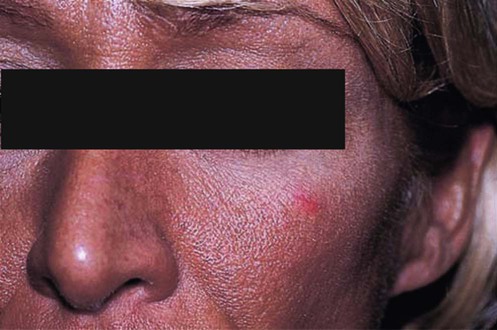In immunosuppressed patients infection with the CSD bacillus can produce a spectrum of disease, from classic CSD to bacillary angiomatosis (BA), peliosis, or septicemia (see chapter on bacillary angiomatosis). Antimicrobial treatment for such patients is beneficial and clearly indicated. Lesions and symptoms respond rapidly to erythromycin 500 mg four times daily or doxycycline 100 mg twice daily. Other antimicrobials used to successfully treat BA in immunocompromised patients include tetracycline, minocycline, azithromycin, and trimethoprim–sulfamethoxazole. A Jarisch–Herxheimer reaction frequently occurs after the first dose. Patients with AIDS should be maintained on lifelong antimicrobial therapy. Vermeulen MJ, Verbakel H, Notermans DW, Reimerink JH, Peeters MF. J Med Microbiol 2010; 59: 743–45.
Cat scratch disease

Management strategy
Specific investigations
Evaluation of sensitivity, specificity and cross-reactivity in Bartonella henselae serology.
![]()
Stay updated, free articles. Join our Telegram channel

Full access? Get Clinical Tree






